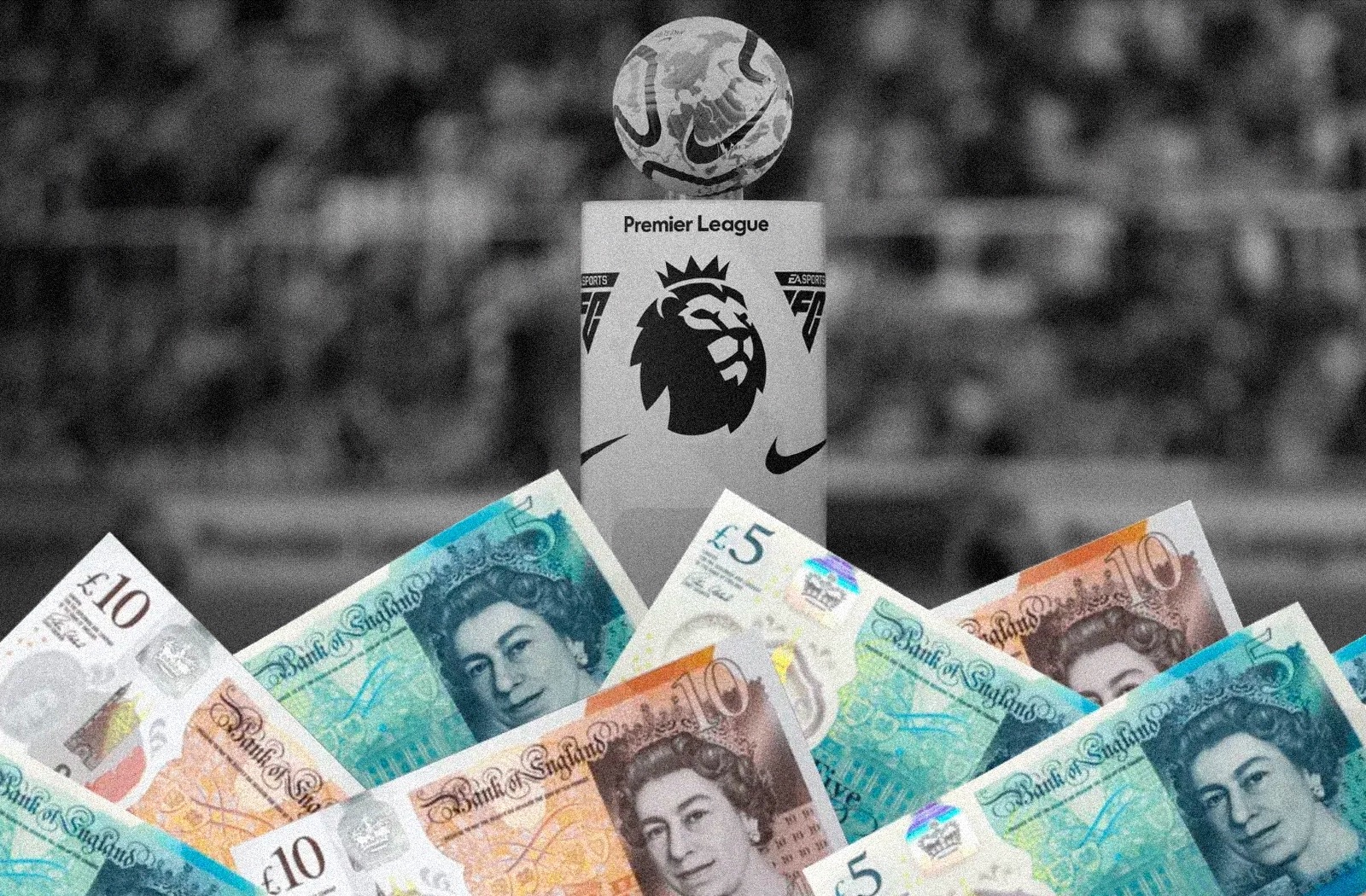In a tense London boardroom on November 20, 2025, Premier League clubs delivered a unanimous verdict that reshapes the league's future. They scrapped the outdated Profit and Sustainability Rules for a Squad Cost Ratio system starting in the 2026/27 season. This change binds spending power directly to revenue streams and player trading outcomes. Clubs now face a hard cap on on-pitch costs at 85% of their football revenue. The move pulses with promise and peril, igniting debates on fairness, ambition, and the soul of English football's crown jewel.
Breaking Down the Squad Cost Ratio: The New Spending Guardrail
The Squad Cost Ratio simplifies financial oversight into a straightforward formula that ties club ambitions to their earnings. Teams can allocate up to 85% of football revenue, including broadcast deals, commercial partnerships, and matchday income, plus profits or losses from player sales, toward player wages, coaching salaries, transfer fees, and agent fees. A built-in 30% multi-year allowance offers breathing room for bursts of investment. Yet crossing into the red threshold triggers penalties, starting with a six-point deduction and escalating by one point for every £6.5 million overspent.
This framework echoes UEFA's 70% squad cost limit but grants Premier League clubs more leeway at 85%. According to analysis reviewed by Finance Monthly, it creates a dynamic where revenue growth becomes the ultimate competitive edge. Clubs must innovate in sponsorships and fan engagement to unlock bigger budgets, fostering a league alive with calculated risks and rewarding visions.

The Premier League summer transfer window shattered records, with clubs spending £3.17 billion—enough to rival the GDP of several small nations.
From PSR to SCR: Why Clubs Embraced the Overhaul
The Premier League's old Profit and Sustainability Rules allowed losses up to £105 million over three years, a buffer that critics slammed for enabling debt-fueled gambles by wealthier owners. Big clubs often navigated these limits through creative accounting, while smaller ones teetered on the edge. The SCR flips this script by anchoring spending to current-year revenue, demanding immediate accountability over deferred fixes.
Clubs rejected a stricter "anchoring" proposal that would cap outlays at five times the bottom team's central revenue distribution. Instead, they paired SCR with Sustainability and Systemic Resilience rules for ongoing health checks on liquidity, working capital, and equity. These measures align the league with European standards, easing transitions for clubs chasing continental glory. The vote signals a mature league, one that prioritizes enduring rivalries over fleeting splurges, stirring a quiet thrill among fans weary of off-field scandals.
Winners and Losers: Navigating the Financial Fault Lines
Revenue giants like Manchester City, Liverpool, and Arsenal stand to gain the most under SCR. Their sprawling commercial empires and packed stadiums generate billions, meaning 85% still translates to massive war chests for talent hunts. These clubs can wield the 30% allowance like a strategic ace, surging in key transfer windows without long-term handcuffs. Mid-table risers such as Brighton or Newcastle, fueled by savvy deals and infrastructure pushes, also thrive by converting growth into spending headroom.
Smaller outfits with tighter budgets face steeper climbs. For them, 85% of revenue might barely cover a competitive squad, leaving scant margin for errors like injury crises or market dips. Fragile clubs reliant on owner bailouts risk point deductions that could doom relegation fights. Emotionally, this tugs at the heartstrings, evoking the underdog spirit that defines the Premier League's magic. Yet it instills hope, as disciplined growth offers a ladder for the ambitious to climb, ensuring no dream dies from sheer financial folly.
Christina Philippou, associate professor in accounting and sport finance at the University of Portsmouth, captures the stakes vividly. She warns that without balance, "you end up with certain teams inevitably winning the Premier League every year, for the rest of time, then that becomes less exciting. As soon as that happens you get fewer people watching both online and in person, which in turn has a huge financial impact." Her insight underscores how SCR safeguards the league's emotional core, preserving the thrill that keeps billions flowing in.
The Valuation Boost: How SCR Could Skyrocket Club Worths Long-Term
One under-the-radar triumph of the Squad Cost Ratio lies in its power to elevate club valuations, drawing savvy investors to a more predictable playground. In plain terms, valuation measures a club's market price based on future earnings potential, much like appraising a home by its income-generating upgrades. SCR enforces revenue-linked spending, curbing the wild debt spirals that once slashed team values during crises. This stability signals to buyers that their stake won't evaporate in a PSR-style accounting maze.
Consider this fresh angle: by mandating financial resilience, SCR could mirror Financial Fair Play's proven track record, where studies show exposed English Premier League clubs boosted profitability through tighter management. One anonymized mid-tier club, post-FFP reforms, saw its enterprise value climb 25% in two years after shedding unsustainable loans, unlocking fresh capital for stadium revamps. Here, the insight deepens, expert interpretation reveals SCR as a valuation multiplier. Investors now eye clubs not just for trophies but for robust balance sheets, potentially inflating league-wide worth by billions over a decade. For fans, it's a poignant win, transforming precarious passions into legacies that endure beyond any single season's glory.

The Premier League’s iconic lion logo — now the symbol of a new financial era as clubs shift to the Squad Cost Ratio system designed to reshape spending power and long-term stability across the league.
What Fans Are Wondering Next
Will the Squad Cost Ratio Level the Playing Field for Smaller Clubs?
Absolutely, though it demands smart plays from the underdogs. Smaller Premier League teams often scrape by on slimmer revenues, so SCR's 85% cap forces ruthless efficiency in scouting and youth development. Yet the 30% allowance acts as a launchpad for calculated leaps, like snapping up undervalued talents during rivals' slumps. According to early models from sports economists, this could narrow the points gap between top and bottom by up to 15% over five years, breathing new life into surprise storylines that captivate neutral viewers and spike global viewership.
How Might SCR Change the Summer Transfer Window Drama?
Expect a more tactical frenzy, with clubs prioritizing revenue-boosting signings over sheer star power. Big spenders will hunt players who double as commercial magnets, while mid-tier sides leverage player sales for instant headroom. The red threshold's bite means fewer last-minute gambles, shifting focus to loan networks and data-driven deals. This evolution could trim average transfer fees by 10-20%, per financial forecasts, making the window a chess match of sustainability that keeps supporters glued through August's heat.
Could Breaching SCR Lead to More Point Deductions Like Everton's Saga?
Yes, and the consequences feel even sharper under SCR's real-time scrutiny. A fixed six-point hit for red-line violations, plus escalating penalties, turns overspending into a relegation roulette. Unlike PSR's foggy appeals, SSR's equity tests add layers, potentially halting contracts mid-season for faltering clubs. This accountability, while stern, builds trust, as seen in leagues with similar caps where fan loyalty rose 12% amid fewer bankruptcies, ensuring the beautiful game stays untainted by boardroom blunders.














